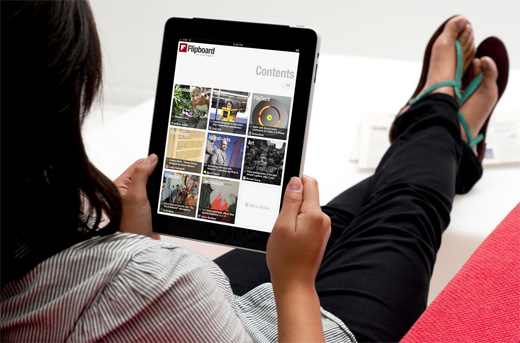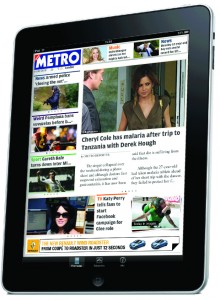The number of subscribers who pay to use the Telegraph’s iPad app are “hugely encouraging”, said Tim Rowell, director of mobile development at the Telegraph Media Group.
The app has received a boost as there are more over 55s with iPads than under 35s, Rowell explained, “which is a sweet spot for us as they are our readers”.
Research shows the average age of the Telegraph iPad reader is 47, about half way between average age of print and web reader.
Speaking at the Media Briefing’s Mobile Media Strategies event today, Rowell refused to go further and reveal how many people had signed up since the launch of the subscriber app on 5 May.
The Telegraph’s paid for app launched just over a month ago with readers paying £1.19 a day (which is 19 pence more than the print edition due to the limited rates set by Apple) or £9.99 a month. The Telegraph’s 340,000 print subscribers are able to access the content via the app without paying extra.
The fact readers are willing to pay is “incredibly reassuring”, Rowell explained, as feedback before the launch of the subscriber app suggested the reverse.
The research was carried out by “rushing out” a free iPad app and gathering audience data. Approximately 60,000 people agreed to have their browsing information analysed. The inclusion of web trends showed what people were reading, when and whether they were using 3G or a wifi network.
The free app research showed weekend reading was twice as popular as week-day reading on the app, with two daily peaks, at 7am and 9pm. As the app was updated just once a day readers were accessing content that was almost 12 hours old. “But that was not important”, Rowell said.
In edition to wider audience data, around 1,800 people submitted a feedback form to give the Telegraph an even more detailed picture of what readers wanted, which included the crossword.
The biggest surprise in the research findings was the worldwide spread of iPad Telegraph readers, Rowell said.
Another key lesson is that the app is “not a substitution for print”, Rowell said, and it requires spend. The annual running costs of an app are around six times the cost of building the iPad app.

